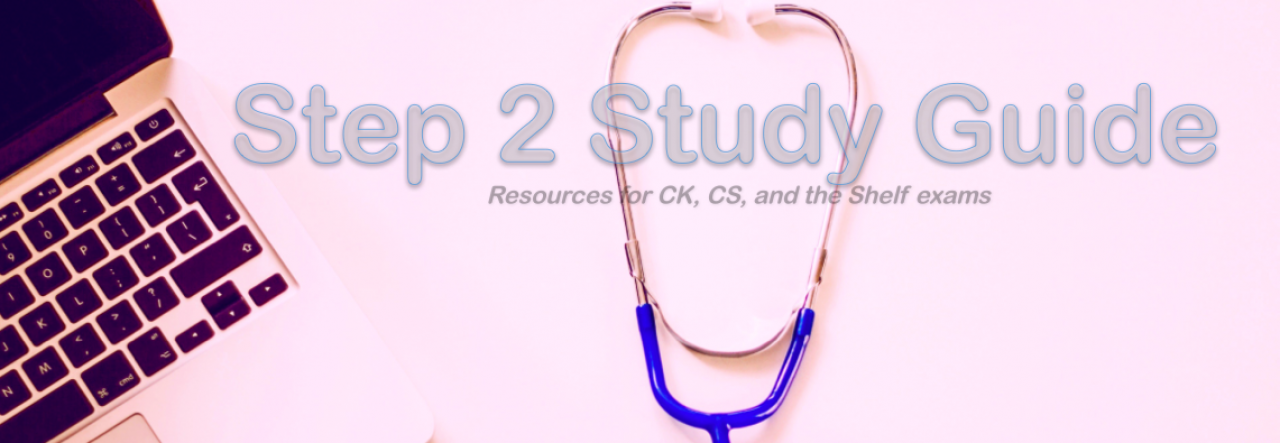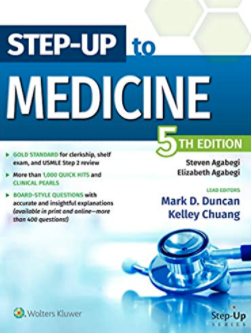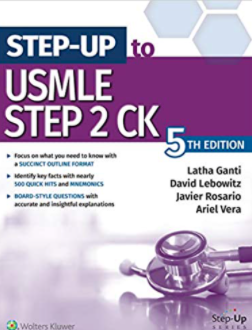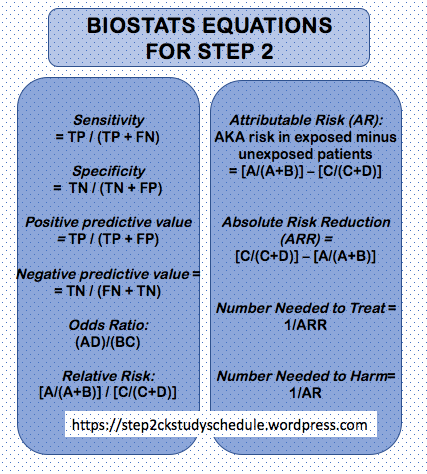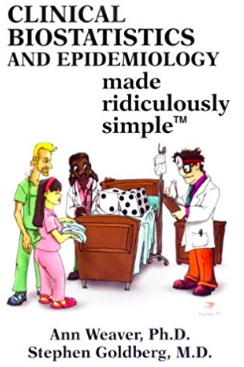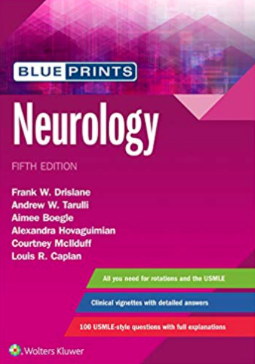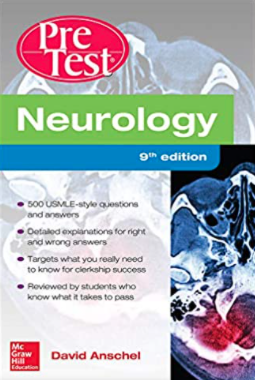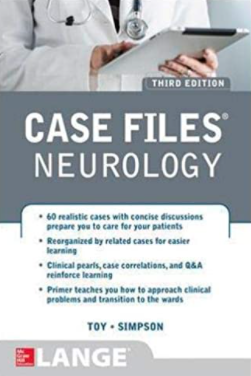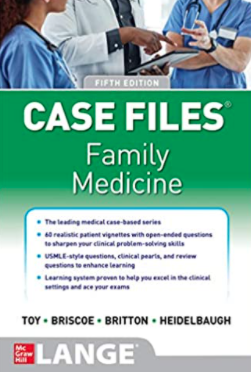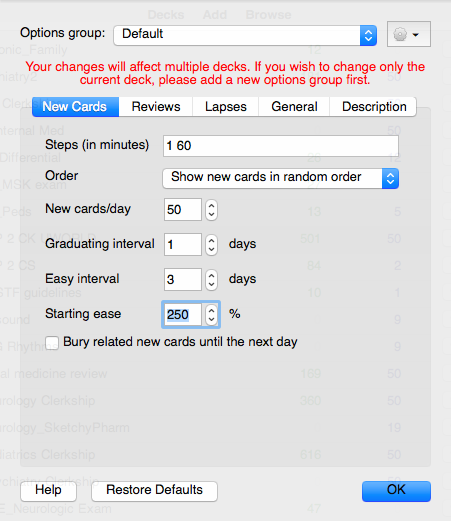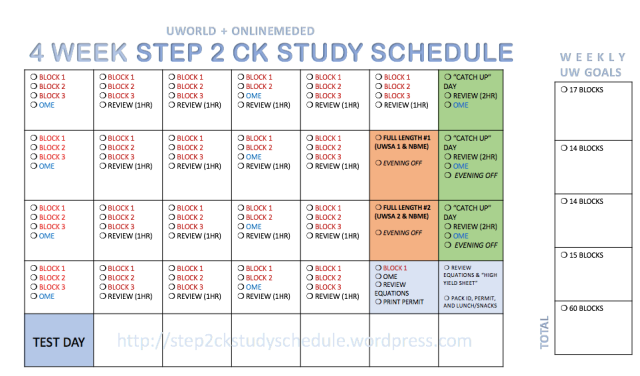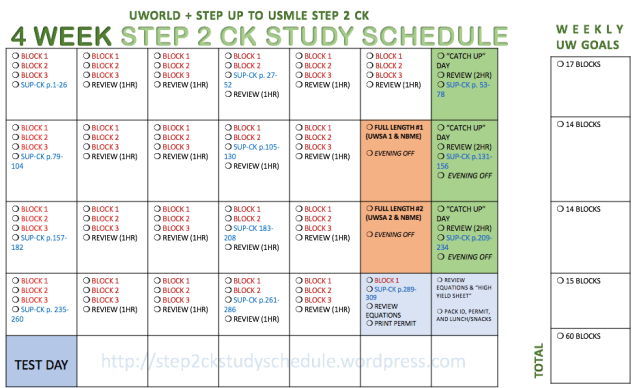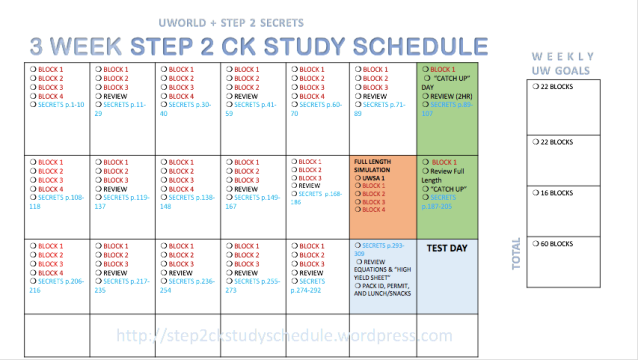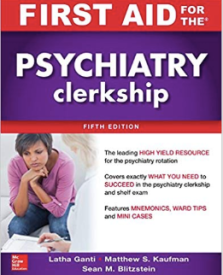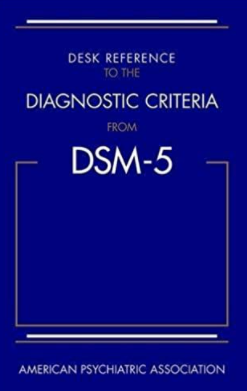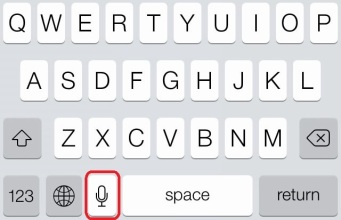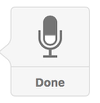Study Plan for Step 2 CK:
General advice: UWorld to completion with at least one repeat (of incorrect at minimum). For anyone hoping for a >240, but it is worth supplementing with an additional resource.
1. UWorld for Step 2 CK –
UWorld was not only my question bank of choice, it was also the resource that took the bulk of my study time (and it paid off). I completed Uworld first by going through random 40 question blocks at a time. Timed vs. Untimed Tutor vs. Timed tutor largely depends on your learning style, but I would highly recommend random questions as this will reinforce long term retention.
While question banks are useful in practicing test taking skills, I personally learn the most from UWorld’s explanations and tables (if UWorld makes a table, it is probably high yield). Even if I answered correctly, I would read through the explanation and tried to decide what was the main concept being tested. I would make flashcards (I used Anki) for each overarching main concept or for easy to forget factoids (e.g. Light’s Criteria, when to do surgery for AAA) especially those with number thresholds.
Making Notes from Question Banks (Efficiently):
If you are not a flashcard person, notes on a word document of your choosing. The goal is to condense the “textbook” of UWorld into a format you can review the following day briefly. While note taking/making flashcards is essential, it is also time consuming. The fastest way to make flashcards or notes is to dictate from UWorld. I talk more how to dictating on Anki (or OneNote or any form of Notes) here.
2. Step Up Series
While I was researching on how to prepare for CK, I learned there is not a unanimously adored book for CK like there is for Step 1. I ordered both Step Up to CK and the Master the Board series (both MTB 2 and MTB 3) to compare. In the end I ended up reselling MTB because I was familiar with the Step Up series from reading Step Up to Medicine during my IM clerkship.
For my CK prep, I read both Step Up to Medicine and supplementing with the non-IM parts of Step Up to USMLE Step 2 CK
This is a detailed book but I think for individuals looking to score above the average on CK, it is worth using during dedicated if you have 5+ weeks (and definitely worth it to read during your IM rotation). It goes without saying that IM + ambulatory medicine make up a good chunk of Step 2 CK and a more in-depth review in these areas will provide an edge.
Gives a great overview of the material in a different format than UWorld, but it still reinforces some of the same high yield points. Additionally, what I like about this book is that although it is a review book it still reviews a lot of the pathophysiology (which you can easily skip if you don’t need it). The authors also include UWorld-esque charts that are great for comparing and contrasting.
If you are planning on using Step-Up to Medicine as well, skip the medicine sections in Step-Up to CK and focus on EM/Surgery, OB/GYN, Peds, Psych, Epidemiology, and Ethics.
Short on time for review: All of Step-Up to USMLE Step 2 CK
For a more thorough review: All of Step-Up to Medicine + EM/Surgery (p.153-172) + GYN (p.239-256) + OB (p.260-280) + Peds and Psych (p. 282-302) + Epidemiology and Ethics (p.305-309) in Step-Up to USMLE Step 2 CK
3. Master the Boards Series
I preferred Step Up series to MTB, but from reading parts of MTB I recognize MTB does have it’s advantages.
Master the Boards Step 2 CK aka MTB 2
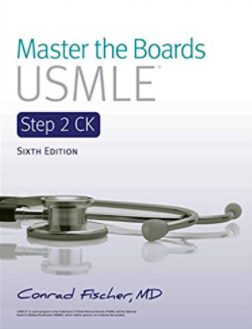
What I liked about MTB-2 is that it highlights high yield points (e.g. what is the worst vs. the common risk factor for X) in the margins. It also has flowcharts which is appealing for more visual learners. Conrad also takes the time to point out common pitfalls and why they are wrong. Another strength is there is emphasis on the “what is the next best step” so if you are struggling with these questions, I’d consider MTB-2.
What I did not like about this book is that it is fine for a cursory glance, in my opinion it does not explain things as well as really going combing through UWorld explanations.
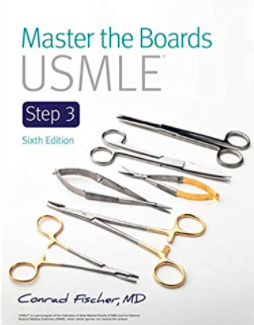
Master the Boards – Step 3
If I were to use MTB series, similarly to the Step Up Series, I would combine the strengths of multiple books if I had multiple months to review*. I believe you will get a more comprehensive understanding of the material by going through the IM sections of MTB 2 and the non-IM sections of MTB 3.
Short on time for review: MTB 2
For a more thorough review: IM sections of MTB 2 (p.1-397) + MTB 3
sections on Dermatology, Surgery, Peds, OB/GYN, Radiology, Psych, EM, Too, Preventative Medicine and Ethics.
Step 2 Secrets
USMLE Step 2 Secrets
This book is short and sweet. I would not recommend this as a primary resource for learning, but it is useful to pick up a few points during last minute review to tie everything together. I was able to finish this a few hours a day the last week of my preparation.
Not essential by any means, but if you only have time for UWorld and a short resource, I would consider buying Step 2 Secrets.
5. OnlineMedEd –
I was a faithful user of OnlineMedEd throughout third year and during dedicated prep for CK. OME is a useful tool for teaching clinical decision making (e.g. why you should never order a X test for Y) which I found incredibly valuable for the “next best step” questions. As I had watched these videos and took notes on each during third year, I found I could watch these videos at 2x speed during dedicated as a refresher.
6. UWSA and NBME practice tests –
Step 2 CK is a monster of a 9 hour exam. One of my biggest regrets with Step 1 was not taking the time to do a simulated full practice exam with timed breaks to help me build endurance. I paired UWSA 1 with a NBME in the afternoon one one practice test day and UWSA 2 with a second NBME in the afternoon on a separate day. If I were to only simulate one practice exam, I would take UWSA 1 and UWSA 2 back to back. These were the closest exams to the real thing.
Even if you like to study at home, try to take these practice exams at your library or a computer lab to get yourself in the test taking mode (i.e. uncomfortable chair, fluorescent lights, someone with whooping cough sitting directly behind you). Even your go-to snacks and lunch for a full test run.
Supplemental Resources-
These are resources that I used only for certain subjects I was having difficulty with PRN.
By specific subject:
Psychiatry Resources
Surgery Resources
Family Medicine Resources
Neurology Resources
UptoDate
Seriously. I found that if I was left with lingering questions after reading a UWorld question, I would have a better understanding of the subject from reading the summary section of UptoDate. Particularly with questions regarding management or “what is the next best step.” The summary section is usually succinct bullet points listing the main clinical pearls of a topic. I would also use the sidebar on the right to see if there were any tables or treatment algorithms as well.
NBME Subject Exams
I found the subject exams to be useful in filling some of the UWorld content holes and identifying themes that the NBME likes to test on within a certain subject matter. I only did 1-2 during dedicated, and I never used them for assessment but rather as a guide to testable content from the NBME.
⇉ Other helpful resources
• Step 2 CK Study Guide
• Step 2 CS Study Guide
• Shelf Resources (by subject)
• Anki Settings Help for Shelf or Step Prep
• How to make Anki Cards Efficiently
• Biostatistics for Step 2
